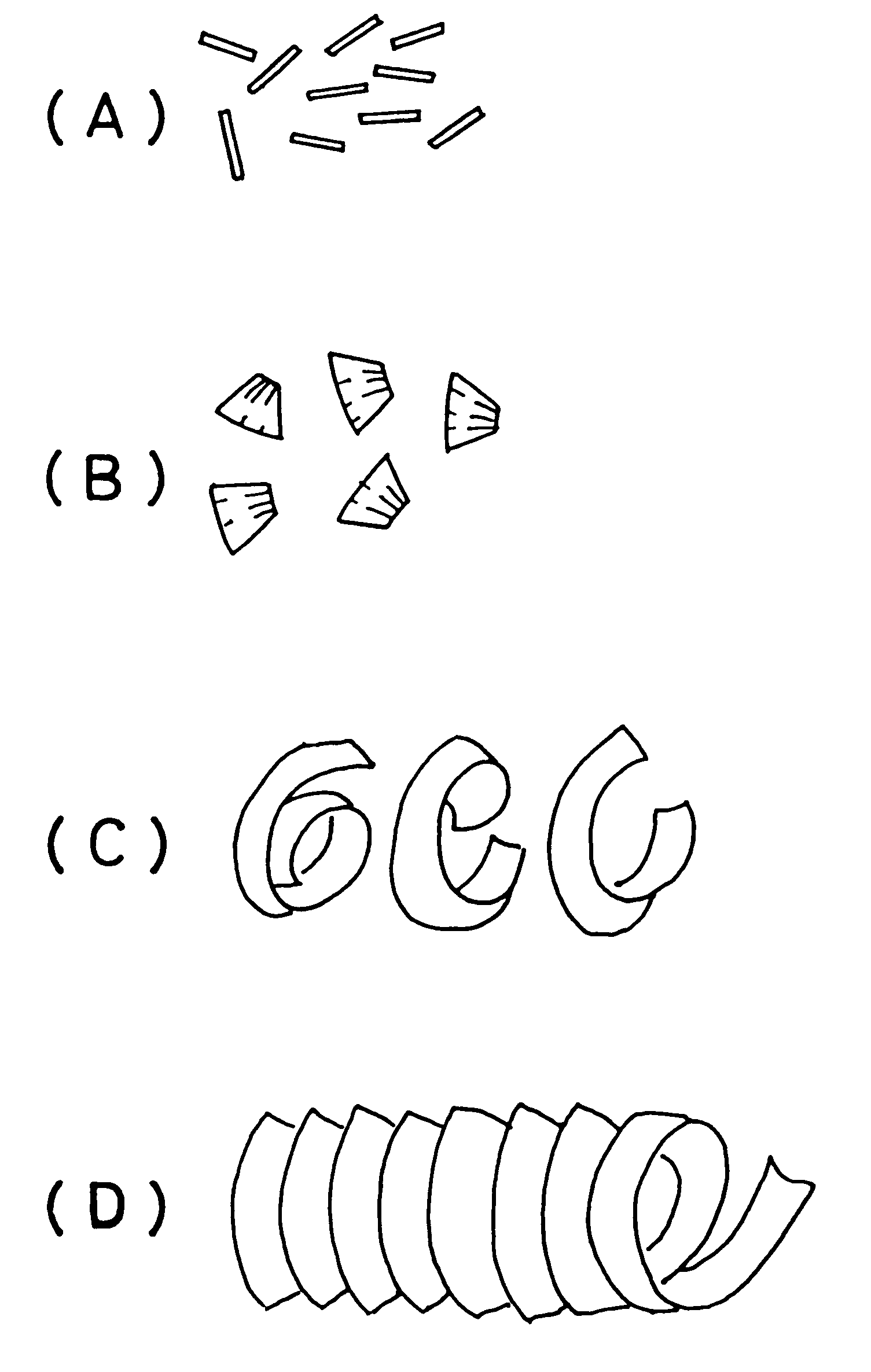Lead-free free-cutting copper alloys
a free-cutting, copper alloy technology, applied in the field of free-cutting copper alloys, can solve the problems of lead-containing alloys posing a threat to human health and environmental hygiene, affecting the application of those lead-mixed alloys, and dissolved in drinking water of alloys contained in water systems
- Summary
- Abstract
- Description
- Claims
- Application Information
AI Technical Summary
Benefits of technology
Problems solved by technology
Method used
Image
Examples
example 2
As the second series of examples of the present invention, cylindrical ingots with compositions given in Tables 13 to 25, each 100 mm in outside diameter and 200 mm in length, were hot extruded into a round bar 35 mm in outside diameter at 700.degree. C. to produce the following test pieces: seventh invention alloys Nos. 7001a to 7030a and eighth invention alloys Nos. 8001a to 8147a. In parallel, cylindrical ingots with compositions given in Table 31, each 100 mm in outside diameter and 200 mm in length, were hot extruded into a round bar 35 mm in outside diameter at 700.degree. C. to produce the following alloy test pieces: Nos. 14001a to 14005a, as second comparative examples from the prior art (hereinafter referred to as the "conventional alloys"). It is noted that the alloys Nos. 7001a to 7030a, Nos. 8001a to 8147a, and Nos. 14001a to 14005a are identical in composition with the aforesaid copper alloys Nos. 7001 to 7030, Nos. 8001 to 8147, and Nos. 14001 to No. 14005, respective...
PUM
| Property | Measurement | Unit |
|---|---|---|
| temperature | aaaaa | aaaaa |
| temperature | aaaaa | aaaaa |
| length | aaaaa | aaaaa |
Abstract
Description
Claims
Application Information
 Login to View More
Login to View More - R&D
- Intellectual Property
- Life Sciences
- Materials
- Tech Scout
- Unparalleled Data Quality
- Higher Quality Content
- 60% Fewer Hallucinations
Browse by: Latest US Patents, China's latest patents, Technical Efficacy Thesaurus, Application Domain, Technology Topic, Popular Technical Reports.
© 2025 PatSnap. All rights reserved.Legal|Privacy policy|Modern Slavery Act Transparency Statement|Sitemap|About US| Contact US: help@patsnap.com


